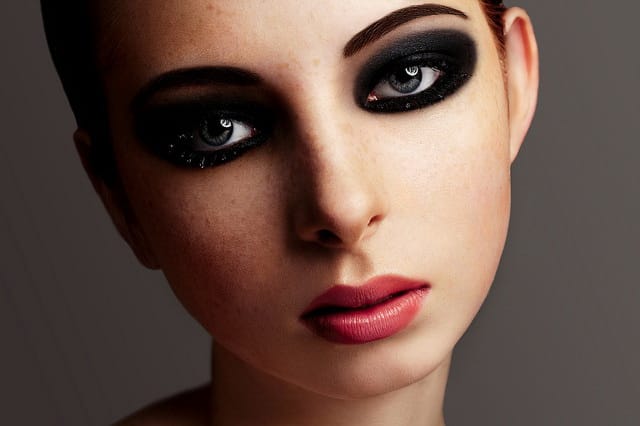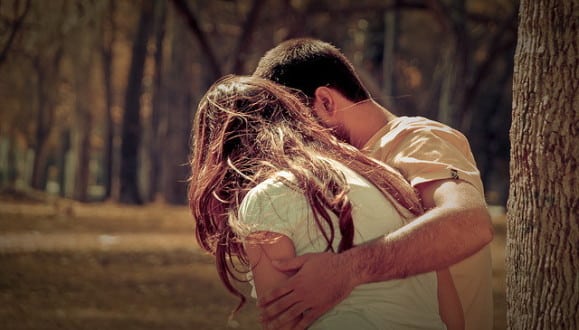Tag Archives: recognizing beauty
On Psychology and Physiology of Beauty

Beauty matters. From Plato to modern times, scholars tried to answer this question: “How our mind determines what is beautiful?”
There is no doubt that in this world, attractive people enjoy certain privileges, and not merely in the area of dating and relationships; frequently they are chosen for promotions over their less-attractive peers, favoured by teachers, deemed more trustworthy, and attractive infants are even said to be favoured by their mothers.
While what is deemed attractive is somewhat subjective, and differs somewhat in different regions of the world (though there is much more agreement on what makes an attractive person, it turns out, than disagreement), it usually comes down to a combination of factors, including the way you dress, carry yourself, your apparent social status, size, shape, and race. However, there is invariably one feature which stands out above all the rest in this process of determination—the face. Our brains are fine-tuned to immediately be able to tell a beautiful face from one only a mother could love, and this seems to be an ability we are simply born with (infants as young as six months old prefer to look at the same attractive faces adults do).
This reaction is so inherent and immediate it is said to take place before you are even consciously aware you have seen a face; a recent study which showed people faces for only 13 milliseconds found that the participants were able to assess the faces’ attractiveness with the same accuracy as the experimenters themselves, who looked at the faces far longer. The people engaged in the study were not consciously aware of any deduction process they had gone through, feeling like they were merely guessing at the attractiveness of each fleeting face.
This hard-wired knowledge is not mere superficial preference, however; the features our minds have learned to recognize as “beautiful” are preferred by the brain because of what they indicate about a person’s physiology and even character.
So, without further ado, what makes us beautiful?
Experiencing Beauty in Nature

The first image that came to mind as I wrote the title for this article was that of a warm and sunny summer afternoon with a Tinker Bell like character magically flying through a field of daisies. Pure fantasy? Maybe not. Let’s take a closer look.
The Way it Was
Most of us have pleasant memories of the Walt Disney fairy who first appeared in the Disney animated series Peter Pan. Young and old alike remain enamored with Tinker Bell. Her flights of fancy are the stuff that this title speaks about.
Experiencing = Not studying, nor psychological speak, no PhD required. Just an openness to what gifts are given to us in the ways of nature.
Beauty = An attractiveness void of logic or empirical evidence that appeals to us through our senses
In = The placement of those elements in such a way that they become beautiful. Notice that the beauty being experienced is not separate from nature, rather it is an integral part of nature; it is IN nature.
Nature: The design of the environment we reside in, including all of its processes and outcomes. Whether by grand design or happen chance and contrary to the preferences of some, in its purest form nature is a free agent. Try as we might, we have yet to be able to control nature.
The Beauty Matrix or How to Notice Beautiful World Around You

Words and phrases are the language of our mind. How we use them and the definitions we assign to them plays a critical role in how we experience our world. This may seem more complicated than it is; or is it?
Example
While visiting a friend at Rogers, Arkansas we took a drive to view some of the sights of the area. Our tour took us through a beautiful heavily wooded area. After parking, we got out and saw several trails leading off in different directions. Our friend directed us toward the trail he had in mind. For about a quarter of a mile we proceeded down a path when there, at its end stood a small, low sitting, and rather plain appearing building. Going around to the entrance side there was a sign: “Welcome to the non-denominational Chapel of the Hills. Come in and spend a moment with us.”
Imagine

Among the traits acquired by us humans is the ability to be judgmental. An area of this ability is beauty. When we receive a message through any of our five senses, sight, touch, sound, smell, or taste our mind responds. Usually with a spontaneous moment of awe and wonder or a simple exclamation of “wow!”
A secondary response is an opinion. When triggered most of us have an opinion, hard to believe, just ask! Some of those opinions are fact based, but it seems that many lack any forethought or rational explanation. What constitutes beauty and how is that opinion discerned? Let me explain.
You are out shopping at the mall. It’s the weekend so it is crowded. People of all shapes, sizes, colors, and attire push and shove their way past the stores. You are in no hurry, in fact, you rather enjoy people watching. And do people ever make that easy.